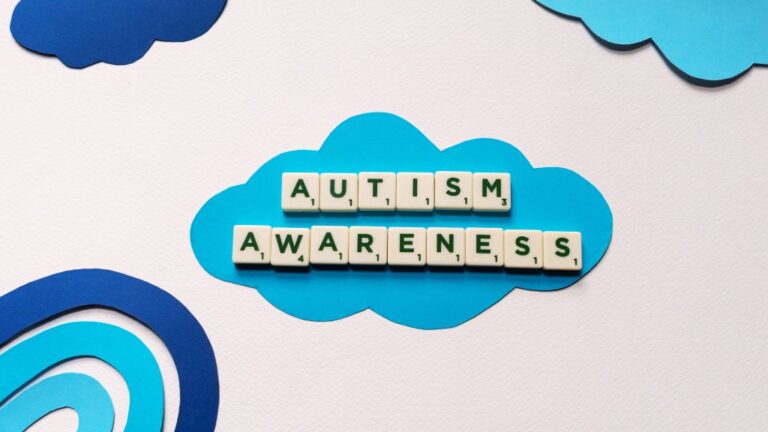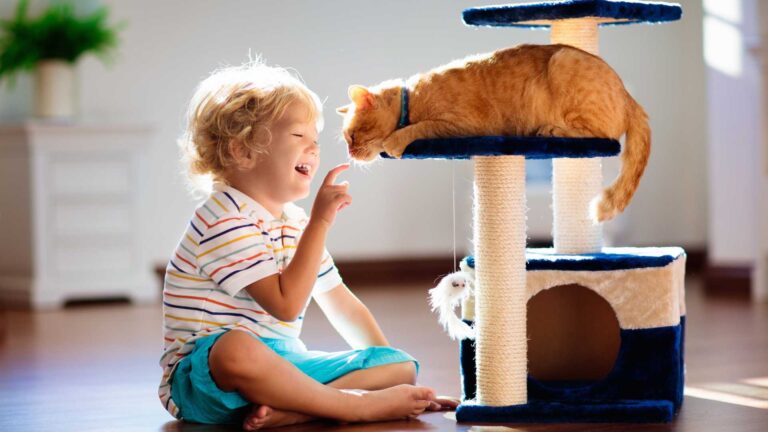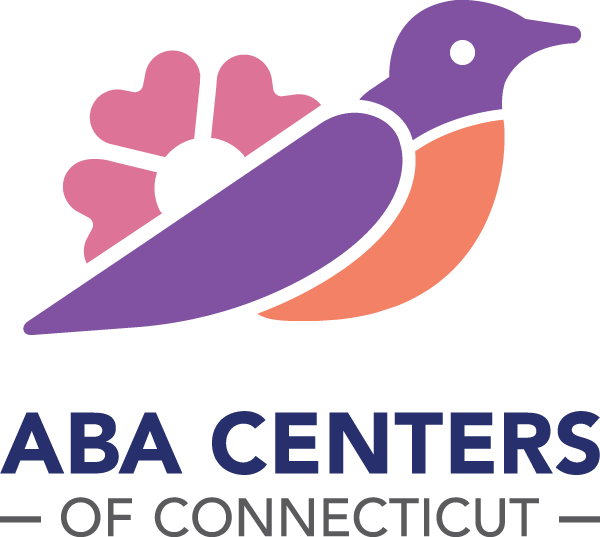Table of Contents
How Can Caregivers Plan Autism-Friendly Summers?
Summertime can be a magical season for many families, with many opportunities for adventuring, play, and natural learning. However, for some with autism spectrum disorder (ASD), the summer season can be a bit tough. Unfortunately, some autism symptoms can make standard summer experiences a bit tough for neurodiverse families, including changes in routine, overwhelming sensory situations, and complex social interactions, to name a few.
In some cases, these concerns leave families with ASD to wonder how they can plan for the best autism-friendly summer possible while addressing the challenges the season may bring.
Fortunately, with some proactive planning and ABA insight, ASD families can create excellent, low-cost, easy-to-conduct summer activities that are perfect for an autism-friendly summer. Incredible autism-friendly summers can include tons of different events like nature walks, therapeutic play with water, gardening, and more!
Furthermore, caregivers can enhance summer activities by applying a few ABA principles to each one they choose. This blog post by ABA Centers of Connecticut will explore eight ABA activities that caregivers can incorporate into their summer plans to create a more autism-friendly environment for their loved ones on the spectrum. Additionally, we will discuss what ABA is and how it supports neurodiverse families all year long.
So, keep reading to learn more about planning amazing autism-friendly summers with a bit of ABA support!
For more information about ABA therapy and autism, read more blogs here. Visit us here to explore more about ABA Centers of Connecticut and our approach to ABA care alongside autism diagnostic services.
The Importance of Planning an Autism-Friendly Summer
For children with autism, structure, and predictability can be helpful in creating safer experiences and avoiding challenging demonstrations of behavior like tantrums, aggression, and elopement. Sadly, these behaviors, when untreated, can be more than just detrimental; they can even be dangerous. Unfortunately, summer breaks, with their unstructured time, can be challenging for those with ASD while typically enjoyable for many neurotypical folks.
By planning autism-friendly, relevant summer activities that are motivating and custom to the needs of the child with ASD you are raising or supporting, you can create a positive and enriching summer for your neurodivergent loved one. An autism-friendly summer not only keeps children and teenagers happy and safe but also promotes their overall development and well-being.
Overview of Applied Behavior Analysis and ABA Principles
According to Autism Speaks, Applied Behavior Analysis (ABA) is a therapeutic approach to ASD behavioral symptom management widely used to support individuals with autism throughout life. However, it is typically most clinically significant in early childhood and teenage years. ABA centers on addressing and improving specific behaviors in ASD, such as social skills, communication, and independence, then shaping them through positive reinforcement.
ABA providers like BCBAs and RBTs work to understand a client’s motivation for behavior and modify it accordingly. They do this by identifying how the environment influences the individual’s behavior and use that information to develop strategies that improve the client’s ability to gain access to what they want or need.
Fortunately, parents can effectively integrate ABA principles into various summer activities to make them more accessible, teachable, and enjoyable for children on the spectrum.
8 ABA Activities to Create an Autism-Friendly Summer!
Here are eight ABA-inspired activities that promote skill development and are perfect for summer days!
1. Therapeutic Water Play
Water play is a fun and sensory-rich activity for children with autism. Splashing around can include playing with sprinklers, using water tables, or even learning about water safety. Caregivers can incorporate ABA by encouraging kids to use their skill sets and practice counting, color recognition, and following instructions while playing with water.
Additionally, kids can practice pouring, measuring, or wading in the water, all of which help refine their motor capabilities and create better, more soothing associations with water.
2. Outdoor Scavenger Hunt
Going on an outdoor scavenger hunt is an exciting way to promote both physical and cognitive development. Caregivers can use ABA techniques to incorporate learning goals such as object recognition, sorting, and problem-solving while searching for items in nature.
Scavenger hunts can also help children explore their surroundings and experience different textures, colors, and sounds in a way that feels less like learning and more like gaming. Additionally, caregivers can host scavenger hunts indoors if the summer weather is overwhelming for those with sensory sensitivities or other outdoor limitations present.
3. Cooking Together
Cooking is an excellent activity for promoting independence and practical life skills in children with autism. Caregivers can use ABA techniques to break down a recipe’s steps and incorporate targets such as proper measuring, following instructions, and kitchen safety practices. Cooking as an ABA activity also allows for creativity and sensory exploration through different ingredients and textures.
4. Summer Crafting
Engaging in arts and crafts activities during the summer season can also be an excellent way for children with autism to express themselves and work on fine motor skills. Caregivers can use ABA techniques to incorporate learning goals such as color recognition, shape sorting, and following directions while creating a variety of beachy, mermaid, or other summer-inspired crafts.
This activity also allows for creativity and self-expression through a process that produces tangible, gratifying results for young learners. It demonstrates the benefits of following through on a project to its completion.
5. Nature Walks
Going on nature walks is not only a great way to enjoy the outdoors but also provides extra opportunities for understanding and socializing in new environments. Caregivers can use ABA techniques such as labeling objects seen on the walk, practicing turn-taking during group hikes, and using social scripts to engage in conversation with others on the walk. Include friends and peers whenever possible to increase chances for chatting and turn-taking.
6. Music and Movement
Music has numerous benefits for many with autism, such as improving communication skills and reducing anxiety. Caregivers can use ABA techniques to teach by having their children identify emotions through song lyrics or imitating movements. Caregivers and providers can practice these skills during dance breaks and all-out dance parties. Best of all, you can dance and have listening parties inside or outdoors!
Additionally, you make the activity even more summer-themed by creating playlists that include songs about summer, the sun, or enjoying warm weather!
7. Create Summer Sensory Bins
Sensory play is beneficial for neurodivergent kids as it helps them explore different textures and stimuli while allowing them more control. Caregivers can create summer-inspired sensory bins by filling them with materials like rice, beans, sand, water beads, and more!
Playing with sensory bins may also include simple ABA tasks like searching for hidden objects, sorting materials by color or texture, or following simple commands. Moreover, sensory play promotes cognitive development and fine motor skills while also providing a calming effect. Like many of the other activities described above, this activity is suitable both indoors and outdoors.
8. Gardening
Gardening is a therapeutic practice that allows children with autism to connect with nature while developing various skills. Fortunately, during the summer season, more gardening opportunities become available.
Caregivers can use ABA techniques to guide children through the steps of planting and caring for a garden. Gardening activities may include digging holes, watering plants, and observing the growth process. Moreover, gardening promotes responsibility and patience through different textures, smells, and sights. Gardening also leads to conversations about the phases of growth, life, and more.
Incorporating these ABA-inspired activities into your child’s summer can provide a structured yet enjoyable way to enhance skill development while helping to build confidence. Fortunately, this helps to ease summer worries for many so they can experience better sunny days!
Creating a Fun, Autism-Friendly Summer Is More than Possible with ABA Principles and Support!
Creating an autism-friendly summer may require some extra planning and preparation. Still, it is well worth the effort for the memories and experiences it can bring. By incorporating ABA-inspired activities into your child’s routine, you not only help promote their skill development but also help create enjoyable and meaningful experiences you can cherish.
So, let’s go out there and have a blast! Happy summer!
More about Great Autism-Friendly Summers With ABA Centers of Connecticut
Ready to make this summer unforgettable for your child with autism?
Discover more about ABA therapy and autism diagnostic services with ABA Centers of Connecticut and how they can transform your child’s summer experience and future! Our center offers playful ABA care for children and teenagers with an autism diagnosis, provided by a team of board-certified ABA professionals who are passionate about supporting the autism community.
Contact us today via this online link or by calling (844) 395-0448. We proudly serve regions of Connecticut, including Fairfield and Hartford.
ABA Centers of Connecticut can help your child thrive this summer and next, so don’t hesitate to contact us.
Let’s make this summer great together!









